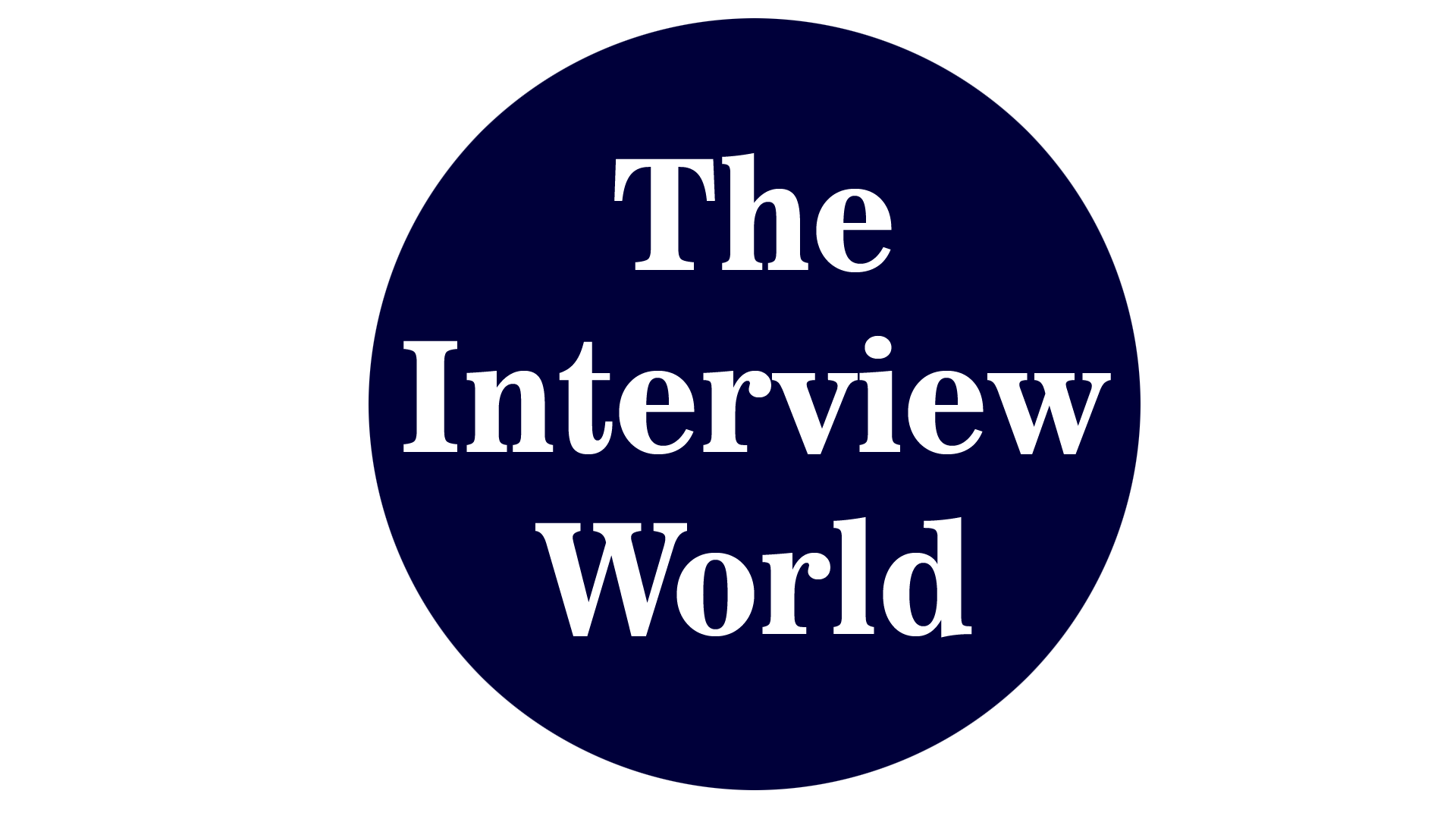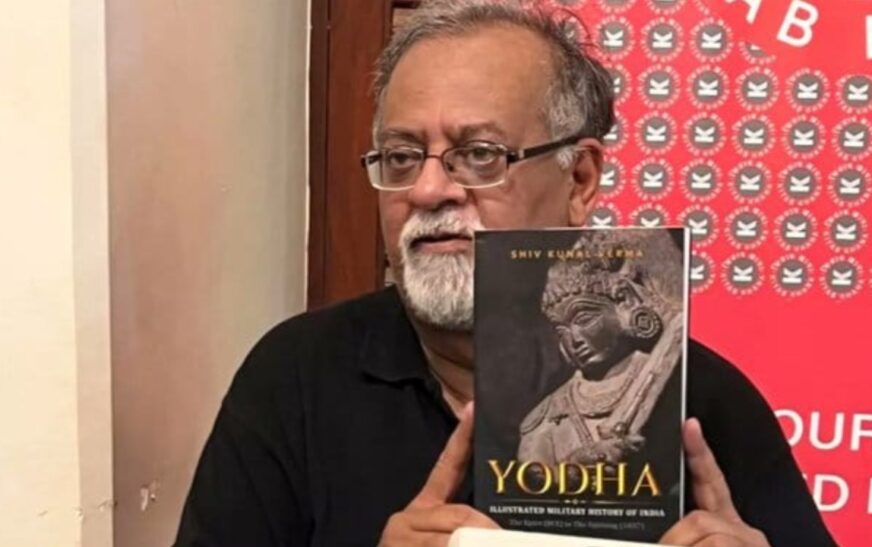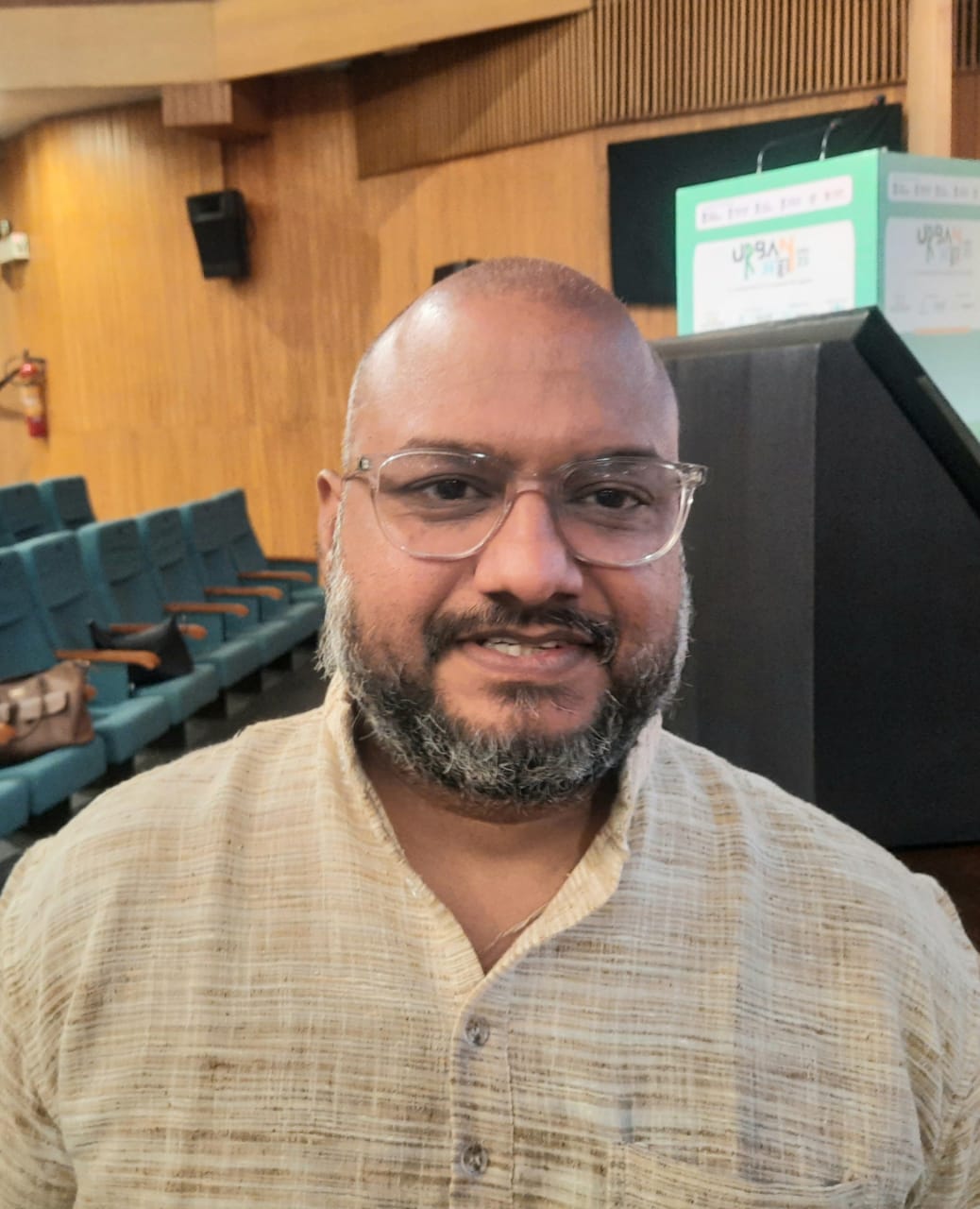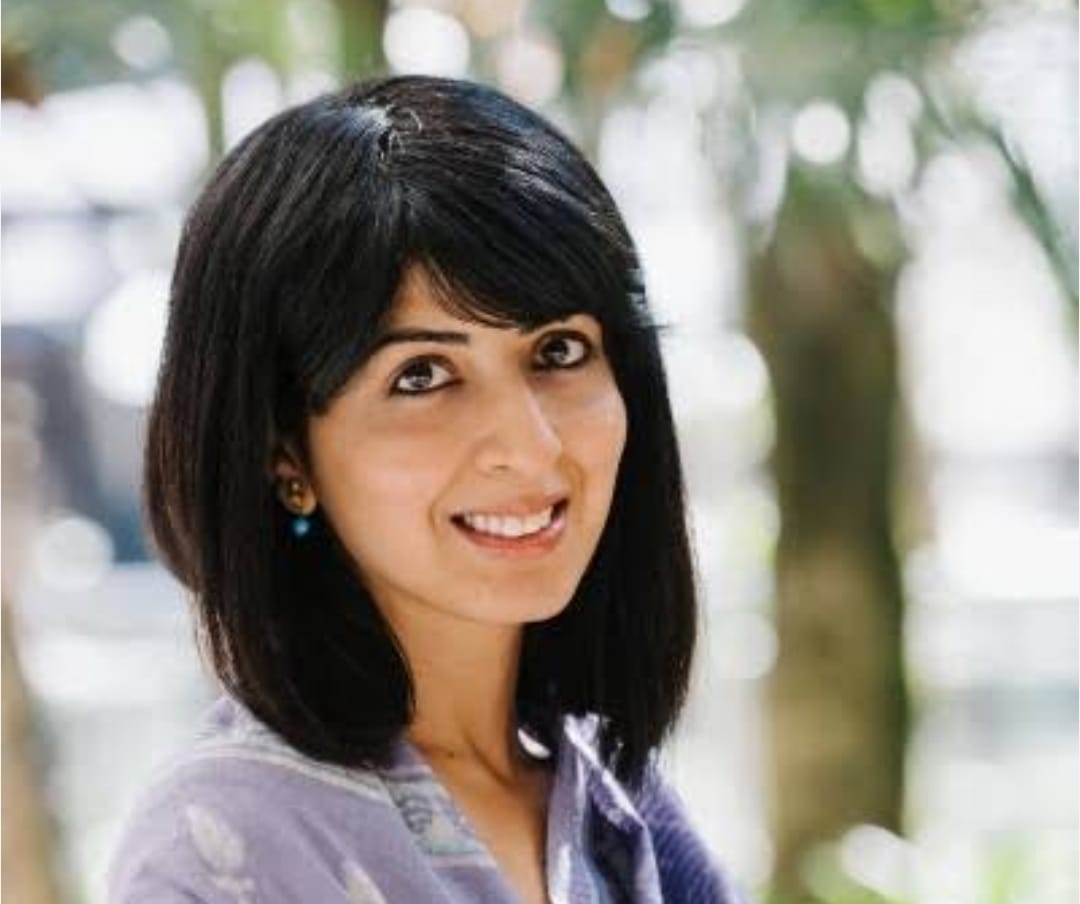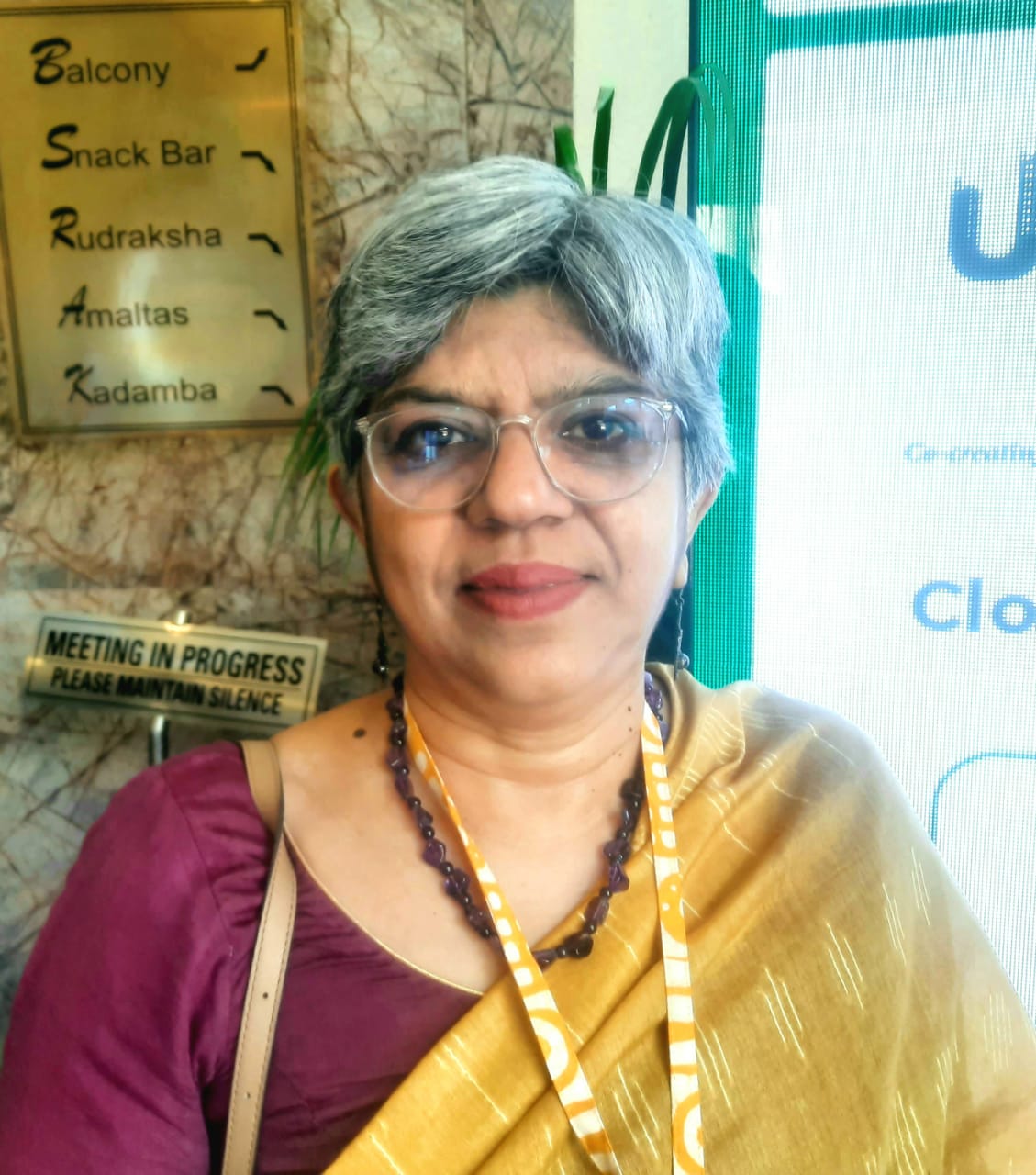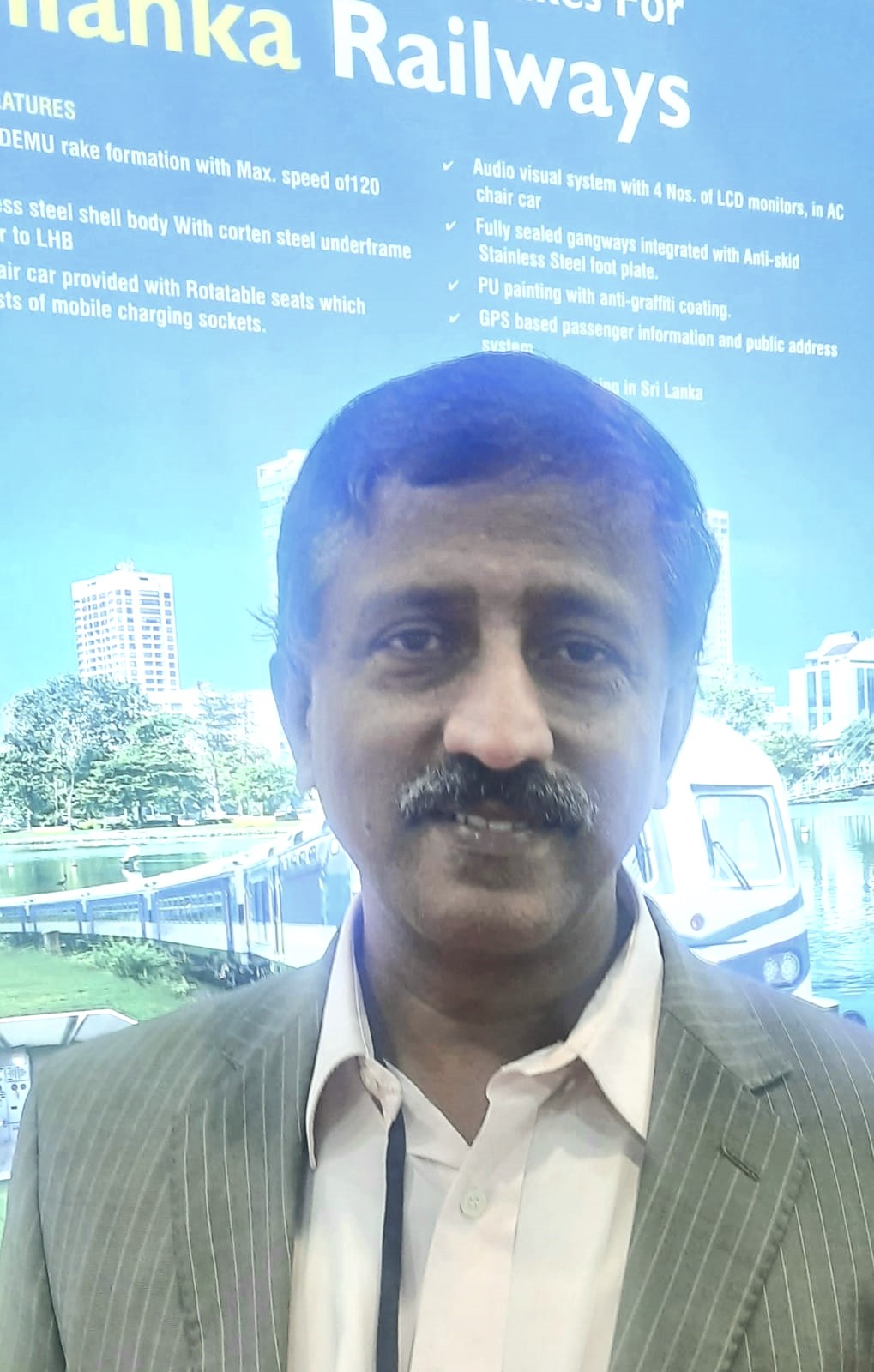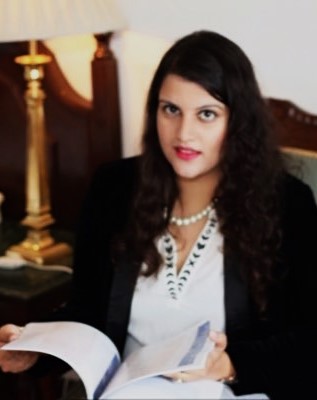Shiv Kunal Verma, unequivocally one of India’s most eminent military historians, has once again demonstrated his formidable prowess with his latest magnum opus, Yodha: Illustrated Military History of India. This seminal work, the first volume in a sweeping series, traverses the grand arc of Indian military history from the epics of antiquity (BCE) to the seminal Uprising of 1857. To encapsulate Verma’s achievement in a single word would be “brilliant.” With an unwavering commitment to preserving and illuminating India’s military heritage, Verma has, in this offering, further cemented his stature as a chronicler par excellence.
Verma’s literary and cinematic contributions—most notably the three-volume Northeast Trilogy, The Long Road to Siachen, 1962: The War that Wasn’t, 1965: A Western Sunrise, and his detailed account of the Assam Rifles—constitute a body of work that is nothing short of monumental. These texts, coupled with his acclaimed documentaries for the Indian Air Force, Navy, Army (including those chronicling the Kargil War), and venerable institutions such as the NDA (Standard Bearers) and the IMA (Making of a Warrior), stand as definitive expositions of India’s military legacy. His deep and nuanced understanding of the Armed Forces finds further expression in his autobiography, Industani. In many ways, Yodha represents the apotheosis of his lifelong dedication to military historiography.
In an exclusive conversation with The Interview World, Shiv Kunal Verma elaborates on the inspiration that propelled him to create Yodha, offering rare insights into the rigorous research that underpins this landmark volume. He underscores the indispensable role that military history plays in understanding India’s national identity, tracing the evolution of Indian military strategy from the early empires through the colonial era. Verma asserts that a profound comprehension of this history is pivotal in bridging India’s regional and cultural schisms. Furthermore, he emphasizes the significance of Yodha in enriching the nation’s collective awareness of its martial past. Below are the salient insights from this enlightening interview.
Q: What inspired you to embark on the journey of writing “Yodha,” and how did you envision it contributing to the understanding of India’s military history?
A: Yodha was born from my deep desire to enhance our understanding of India as a unified nation. At its core, this work revolves around the very essence of Indian nationhood, confronting the dominance of regional identities that often divide us.
In Yodha Volume 1, which spans from the ancient epics to the Uprising of 1857, I chronicle a fractured land, where regional loyalties held sway over national unity. The book traces the evolution of India’s military history, culminating in 1857, when the rebellion sparked a nascent sense of nationhood as Indians began to rise against British rule. While India’s regions excelled in military prowess, we lacked the collective strength to expel foreign invaders. Yodha captures this pivotal moment in history, where the first stirrings of a unified national identity began to emerge amidst the chaos.
Q: Can you elaborate on the research process for “Yodha” and the challenges you faced while gathering information and visual content?
A: This project required an immense effort spanning over three years to unearth original records from multiple sources. It took significant work to shape this information into a compelling narrative that even a school-going reader could easily grasp.
The scattered nature of the data presented clear challenges, necessitating extensive travel across various parts of the country. Additionally, I verified all the gathered information thoroughly with multiple sources to ensure its authenticity.
The first volume of Yodha features an impressive 1,600 illustrations, meticulously crafted by the publisher, The Browser. Their dedication was instrumental in bringing the visual elements to life. As both a documentary filmmaker and an avid photographer, I collaborated closely with the team in several sessions to enhance the book’s visual appeal. This was truly a collective effort.
Q: How do you believe understanding military history contributes to the identity of a nation, particularly in the context of India?
A: As part of nation-building, we must first understand who we are and rise above the confines of regional identities. These identities ofen bind us with narrow domestic walls. Across the vast timeline of our military history, one enduring image emerges—that of the Indian subcontinent as “Fortress India.”
We must also recognize that events in Mizoram or Manipur are as real and urgent as those in Delhi or Mumbai. This awareness is the bare minimum required to truly call ourselves a united country. In this, our military history serves as a guiding light, illuminating the path forward.
Q: You begin the first volume with references to the Ramayana and Mahabharata. In what ways do you find these ancient texts relevant to contemporary military history?
A: The two epic wars stand as timeless symbols of the fight for righteousness. India’s military history carries the indelible marks of these wars, where emperors, aspiring to be just rulers, waged battles in defense of justice and the protection of Dharma.
To this day, India has never been an aggressor. Even in modern times, the nation’s military legacy is rooted in the pursuit of justice. This was evident in the 1971 War, when the Indian armed forces intervened to protect the Bengali population in East Pakistan from the brutal slaughter and mass atrocities inflicted by the West Pakistani army.
Q: You discuss the transition from early empires to the British colonial period. How did military strategies and tactics evolve during this time?
A: The empires of the Cholas, Pallavas, and Pandyas boasted brilliant generals who were frequently engaged in warfare. While many rulers excelled in military tactics, their influence largely remained regional.
Aurangzeb, in his youth, skillfully outmaneuvered his brothers in the battle for succession after Shah Jahan, notably using artillery to his advantage. Meanwhile, Shivaji in the west and Lachit Borphukan in the east demonstrated extraordinary military prowess in their resistance against Aurangzeb’s armies, employing strategies that outmatched the Mughal forces.
Military tactics had significantly advanced since the times of the Maurya and Gupta empires, whose powerful rulers commanded vast armies and had subjugated most of the subcontinent. Tipu Sultan, for example, fought the British with great skill, investing heavily in rocketry as a game-changing innovation. Similarly, figures like Marthanda Varma, Ranjit Singh, Zorawar Singh, and the kings of Vijayanagar and Gajapati displayed exceptional military genius in their own eras.
Q: You emphasize the importance of viewing India as a cohesive entity. How can military history help bridge regional and cultural divides in contemporary India?
A: The primary motivation behind documenting the vast expanse of military history is to instill a crucial understanding: only collective strength can shield us from the dangers of division.
Had we embraced unity, the invasions of Muhammed Ghori or Muhammed Ghazni would not have devastated parts of the country. Students of military history often reflect on the internal discord among the kings while waves of foreign invaders swept through India’s vulnerable western frontiers. Our military history serves as a powerful reminder of the steep price we’ve paid for disunity in our ranks.
Q: Given your extensive work with the Armed Forces, how do you see their role in shaping the perception of military history among civilians?
A: Military history must be communicated in ways that are accessible and engaging for schoolchildren. This requires considerable effort. From my experience, I can confidently say that children are deeply curious about military history. The key is to present it in a way that resonates with their level of understanding. The Armed Forces should take the lead, using creative approaches like documentaries, illustrated books, animations, and other interactive methods to bring this history to life.
Q: You mentioned that military history has often been overlooked in the Indian subcontinent. What do you think can be done to promote a broader understanding of this field?
A: There is undeniably a gap in how we tell the stories of wars and battles. In my experience, many people across the country remain unaware of significant aspects of our military history.
We must start by introducing military history in schools. Collaboration will be crucial to ensure that lesser-known accounts are verified and shared accurately. While individual efforts are underway, institutional support will be essential to make a lasting impact.
Q: You’ve hinted at a second volume covering events from 1857 to the Kargil War. Can you share any insights into what readers can expect from this upcoming work?
A: The second volume of Yodha has just been released, spanning the events up to the Kargil War. Readers will find a deep connection with the conflicts detailed in this volume. Additionally, I included my personal accounts from the Kargil War, offering a firsthand perspective that enriches the narrative.
Q: What legacy do you hope “Yodha” will leave for future generations in terms of understanding and appreciating India’s rich military history?
A: I hope that Yodha, with both volumes, inspires young people to explore military history. May they embrace its lessons and cultivate qualities of bravery, honesty, and a commitment to excellence in all their endeavors. At the same time, I urge them to uphold the values of our nation.

